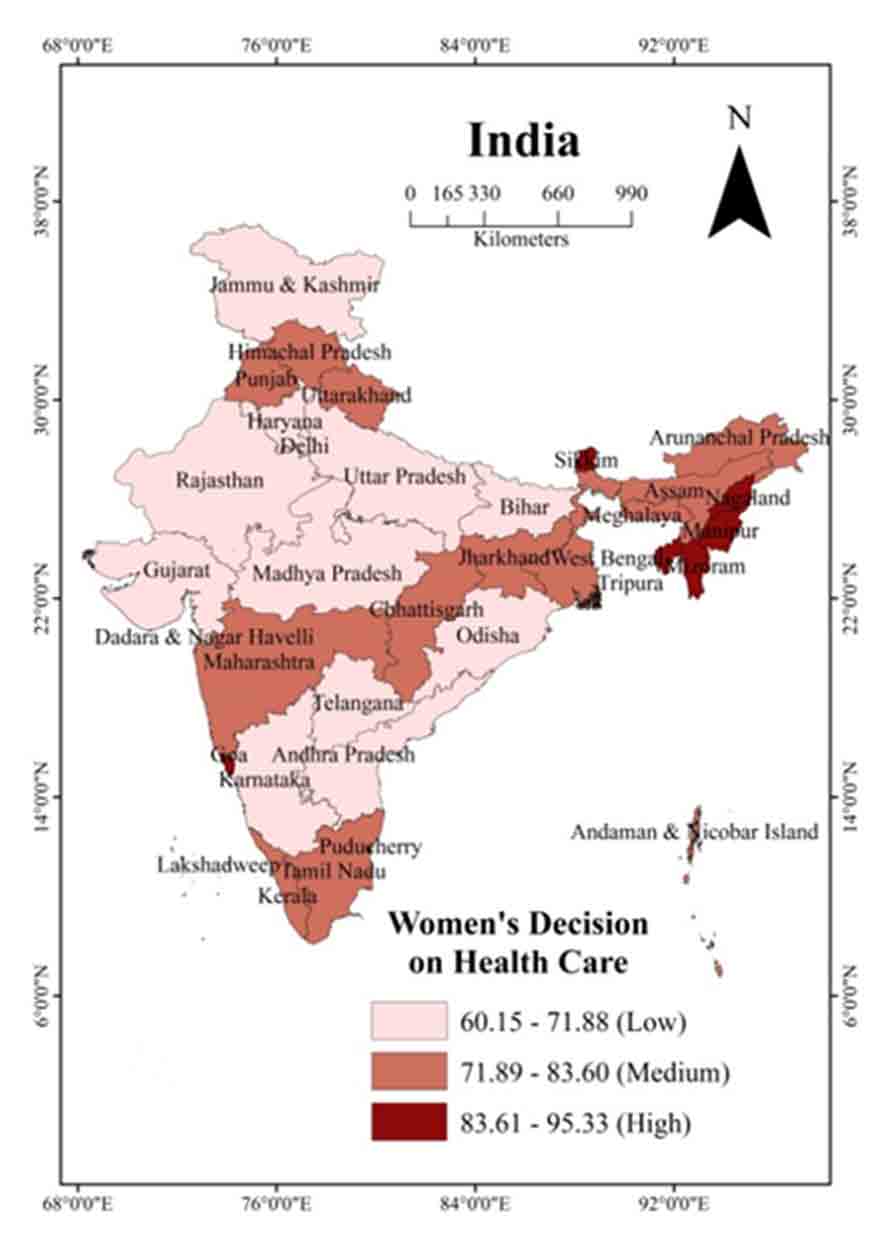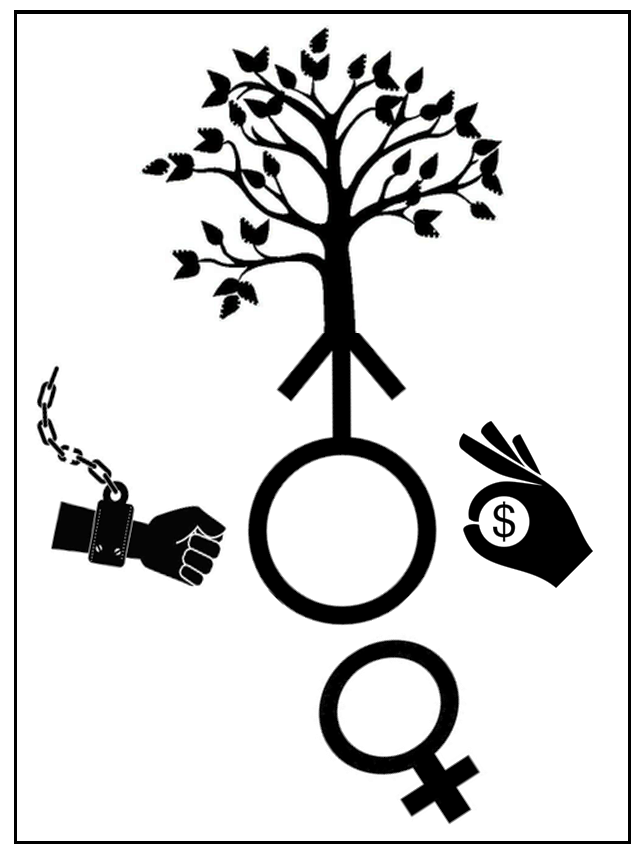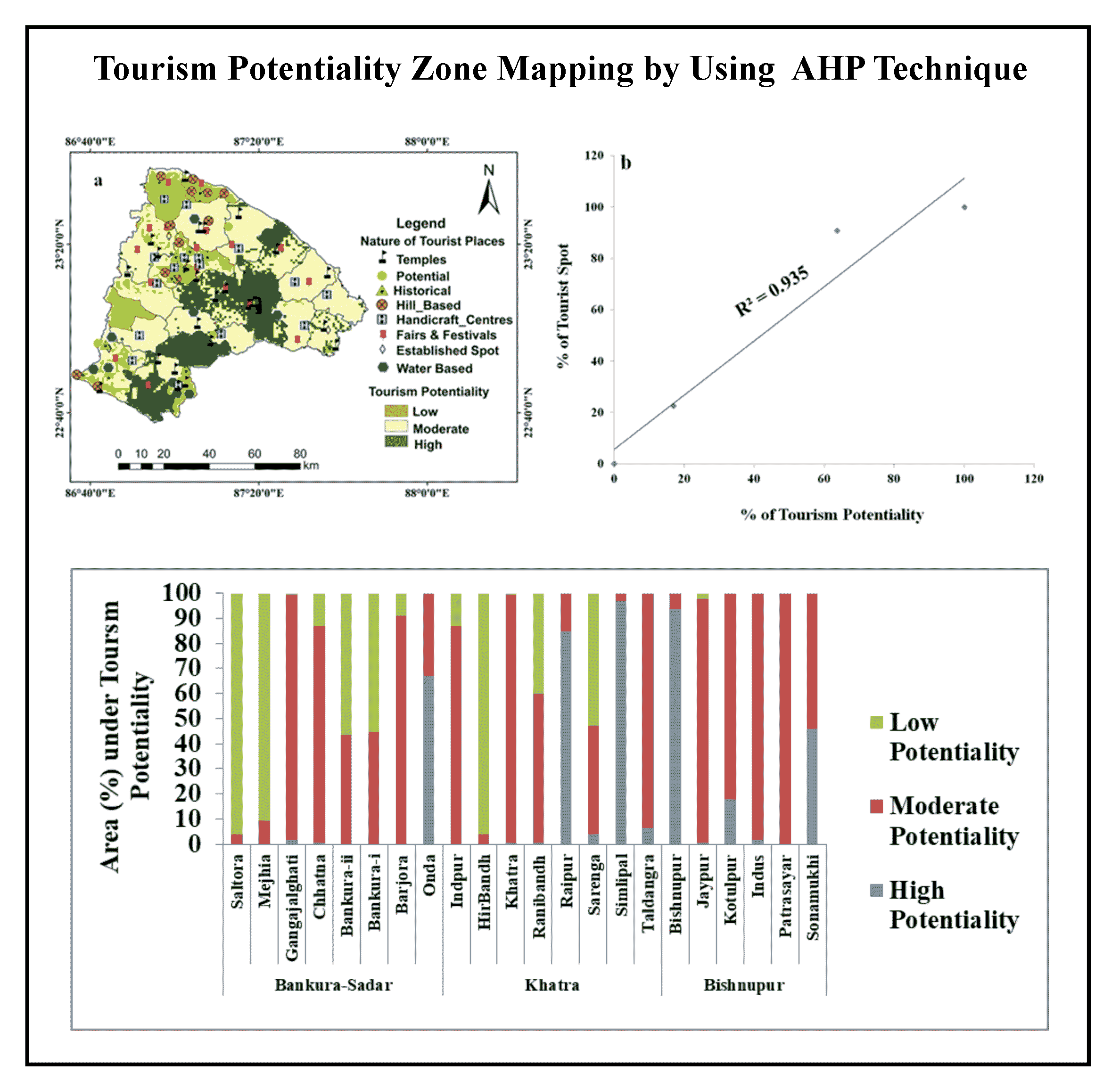Article Title :
Factors Behind Women’s Decision Making Autonomy: An Analysis from Nationally Representative Survey 
7 (2023)
54-71
Women , Physical Movement , NFHS , India , Autonomy


The socioeconomic variables have a strong impact on the decision-making and physical movement of women, worldwide studies suggest the same. In this study, we have tried to know the various determinants of women’s autonomy. We have taken the data from the fourth round National Family Health Survey (NFHS) (2015-16), published by the International Institution on Population Sciences (IIPS). For the statistical analysis, we used basic descriptive statistics and cross-tabulation between the socioeconomic variables and autonomy responses. Later to predict the occurrence of various autonomy aspects, binary logistic regression has been used with various socioeconomic variables. After getting the results, it has come to know that women’s decision-making and freedom of movement-related autonomy are largely influenced by socioeconomic variables. Major findings stated that with increasing age of women, autonomy increases. Women who belong to the rural setup have a low level of autonomy. From a religious perspective, women from the Muslim community have lower autonomy. Apart from these women have higher education, employed and in rich households have a higher likelihood of autonomy. Based on the outcomes, it is clear to us that women’s autonomy is largely influenced by their socioeconomic condition.

Higher educated women were more likely to participate in decision-making in all the three outcome measures.
Employed women were more likely to have autonomy than unemployed women.
The age of the women got as a vital factor in the enhancement of decision-making autonomy.
Their wealth status and place of residence influence the autonomy outcomes of the women.
The women from the rural area had limited autonomy related to physical movement than urban area.
Akindele, I. T., 2020. The role of gender and religion on women participation in Statistics have shown that women constitute about half of the Nigeria population and are.
International Institution for Population Sciences and ICF. National Family Helath Servey (NFHS-4) (2015-16): Mumbai, India: IIPS:2017.
Jeffery, R. and Basu, A. M., 1996. Girls' Schooling, Women's Autonomy and Fertility Change in South Asia. Sage Publications Inc., 2455 Teller Road, Thousand Oaks, CA 91320.
Kabir, M. A., Khan, M. M. H., Kabir, M., Rahman, M. M. and Patwary, M. F. K., 2005. Impact of woman's status on fertility and contraceptive use in Bangladesh: Evidence from Bangladesh Demographic and Health Survey, 1999-2000. Journal of Family Welfare, 51(1).
Tareque, I., 2011. Women empowerment or autonomy : A comparative view in Bangladesh Women empowerment or autonomy : A comparative view in Bangladesh context. Bangladesh E-Journal of Sociology, 8(2), 17-30.
Osamor, P. E. and Grady, C., 2016. Women’s autonomy in health care decision- making in developing countries : A synthesis of the literature. 191-202.
Peter, R., 2015. Child health and care giving practices in the slums of Hyderabad : role of women ’ s autonomy. Tata Institute Of Social Sciences.
Sultana, A. M., 2011. Factors effect on women autonomy and decision-making power within the household in rural communities. Journal of Applied Sciences Research, 7(1), 18-22.
Weerasinghe, M. C., 2005. Health seeking behaviour pattern in a rural population in a district of Sri Lanka (Doctoral dissertation).






